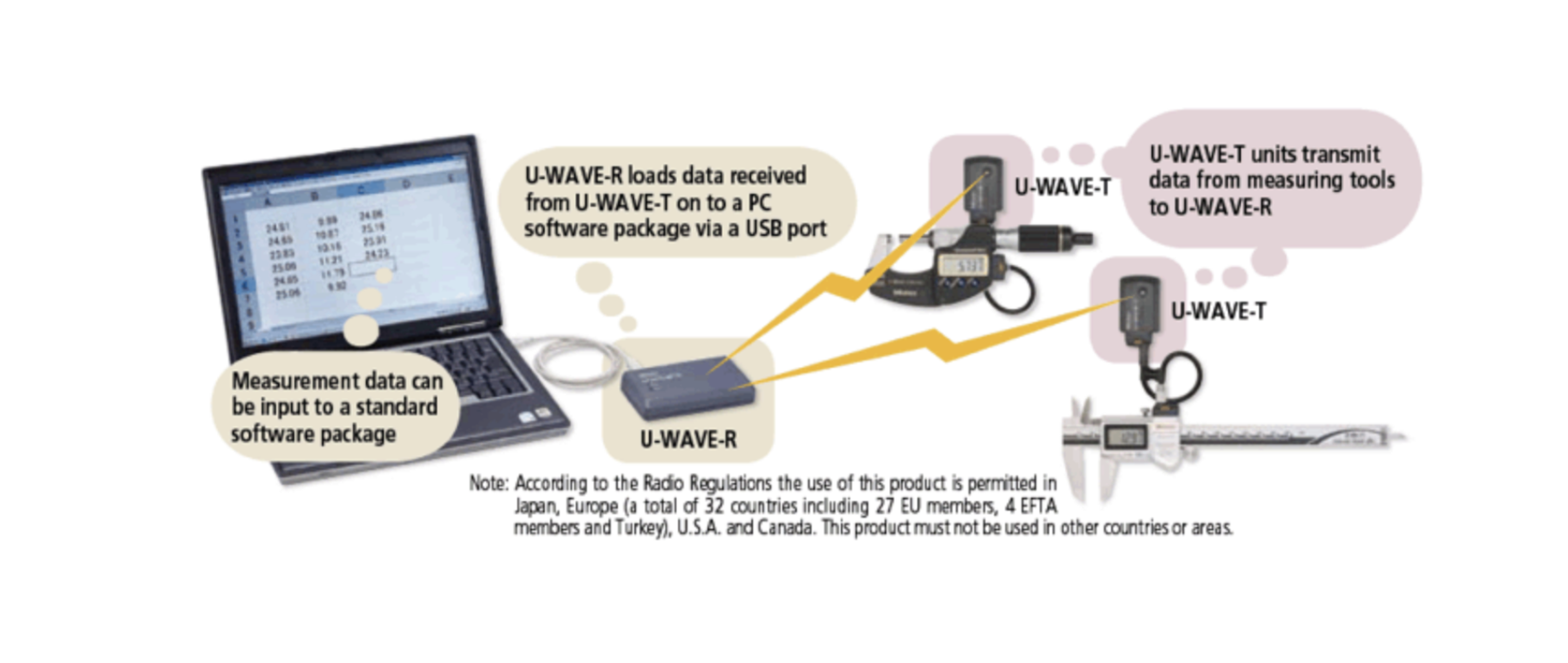Understanding `np.meshgrid()` in NumPy: Why It’s Needed and What Happens When You Swap It
If you’ve worked with NumPy for data analysis, scientific computing, or machine learning, you’ve probably encountered the np.meshgrid() function. But many users ask:
- Why do we need
meshgrid()at all? - What happens if I swap the order of the inputs?
- What happens if I don’t use
meshgrid()? - How does it relate to plotting and function evaluation?
This post explains it all in simple, visual terms.
🧠 Why Do We Need meshgrid()?
Let’s say you want to evaluate a function of two variables:
f(x, y) = x^2 + y^2
And you want to do this for:
x = [1, 2, 3]
y = [10, 20]To evaluate this function for every combination of x and y, you need a grid of all coordinate pairs:
(1,10), (2,10), (3,10), (1,20), (2,20), (3,20)
That’s not possible with just 1D arrays. You need to expand them into 2D coordinate matrices.
That’s exactly what np.meshgrid() does.
🔧 Example: How meshgrid() Works
import numpy as np
x = np.array([1, 2, 3])
y = np.array([10, 20])
X, Y = np.meshgrid(x, y)Result:
X = [[1 2 3]
[1 2 3]]
Y = [[10 10 10]
[20 20 20]]Each (X[i,j], Y[i,j]) gives one point on the grid:
- (1,10), (2,10), (3,10)
- (1,20), (2,20), (3,20)
📈 Use Case: Plotting a 3D Surface
You can now compute a Z matrix:
Z = X**2 + Y**2Then visualize it using matplotlib:
import matplotlib.pyplot as plt
from mpl_toolkits.mplot3d import Axes3D
fig = plt.figure()
ax = fig.add_subplot(projection='3d')
ax.plot_surface(X, Y, Z, cmap='viridis')
plt.show()Without meshgrid, this would be messy and slow.
🚫 What If You Don’t Use meshgrid()?
Let’s try evaluating the same function without using meshgrid:
x = np.array([1, 2, 3])
y = np.array([10, 20])
# Try broadcasting directly
z = x**2 + y**2This will raise an error or produce unexpected results, because:
xis shape(3,)yis shape(2,)- They can’t be broadcasted together as-is
You’d need a manual loop:
z = []
for yi in y:
for xi in x:
z.append(xi**2 + yi**2)That works, but it’s:
- Verbose
- Slow
- Not vectorized
✅ meshgrid() gives you a clean and fast way to do this without explicit loops.
🔄 What Happens If You Swap the Inputs?
Now let’s reverse the order:
Y2, X2 = np.meshgrid(y, x)Result:
X2 = [[1 1]
[2 2]
[3 3]]
Y2 = [[10 20]
[10 20]
[10 20]]This time:
- Shape is
(3, 2)instead of(2, 3) -
Now you're getting:
- (1,10), (1,20)
- (2,10), (2,20)
- (3,10), (3,20)
So yes — swapping the order changes:
- The shape of the arrays
- The direction of
xandyin the grid - The orientation of plots
🧭 Pro Tip: Use indexing='ij' to Avoid Confusion
By default, NumPy uses indexing='xy', which is natural for 2D plotting.
If you're doing matrix-style operations (like row/column indexing), use:
X, Y = np.meshgrid(x, y, indexing='ij')This gives you:
- X as rows (i-index)
- Y as columns (j-index)
✅ Summary
| Concept | Default (xy) |
Swapped or ij mode |
|---|---|---|
x direction |
Horizontal (columns) | Vertical (rows) |
y direction |
Vertical (rows) | Horizontal (columns) |
| Shape of (X, Y) | (len(y), len(x)) |
(len(x), len(y)) |
| Use case | 2D plotting | Matrix-style math |
🧪 Final Thought
meshgrid() is a powerful function for:
- Creating coordinate grids
- Evaluating functions of multiple variables
- Plotting surfaces, contours, and vector fields
If you try to do this without meshgrid, you’ll likely end up writing for-loops or handling awkward broadcasting manually — which defeats the purpose of NumPy's speed and elegance.
Get in Touch with us
Related Posts
- AI驱动的医院信息系统纵向整合(Vertical Integration)
- How AI Enables Vertical Integration of Hospital Systems
- 工业AI系统中的AI加速器 为什么“软件框架”比“芯片性能”更重要
- AI Accelerators in Industrial AI Systems: Why Software Frameworks Matter More Than Chips
- 面向中国企业的系统开发:以 AI + 工作流安全集成电商与 ERP
- Global-Ready System Development for EC–ERP Integration with AI & Workflow
- 不可靠的“智能”系统所隐藏的真实成本
- The Hidden Cost of ‘Smart’ Systems That Don’t Work Reliably
- GPU vs LPU vs TPU:如何选择合适的 AI 加速器
- GPU vs LPU vs TPU: Choosing the Right AI Accelerator
- 什么是 LPU?面向中国企业的实践性解析与应用场景
- What Is an LPU? A Practical Introduction and Real‑World Applications
- 面向软件工程师的网络安全术语对照表
- Cybersecurity Terms Explained for Software Developers
- 现代网络安全监控与事件响应系统设计 基于 Wazuh、SOAR 与威胁情报的可落地架构实践
- Building a Modern Cybersecurity Monitoring & Response System. A Practical Architecture Using Wazuh, SOAR, and Threat Intelligence
- AI 时代的经典编程思想
- Classic Programming Concepts in the Age of AI
- SimpliPOSFlex. 面向真实作业现场的 POS 系统(中国市场版)
- SimpliPOSFlex. The POS Designed for Businesses Where Reality Matters














